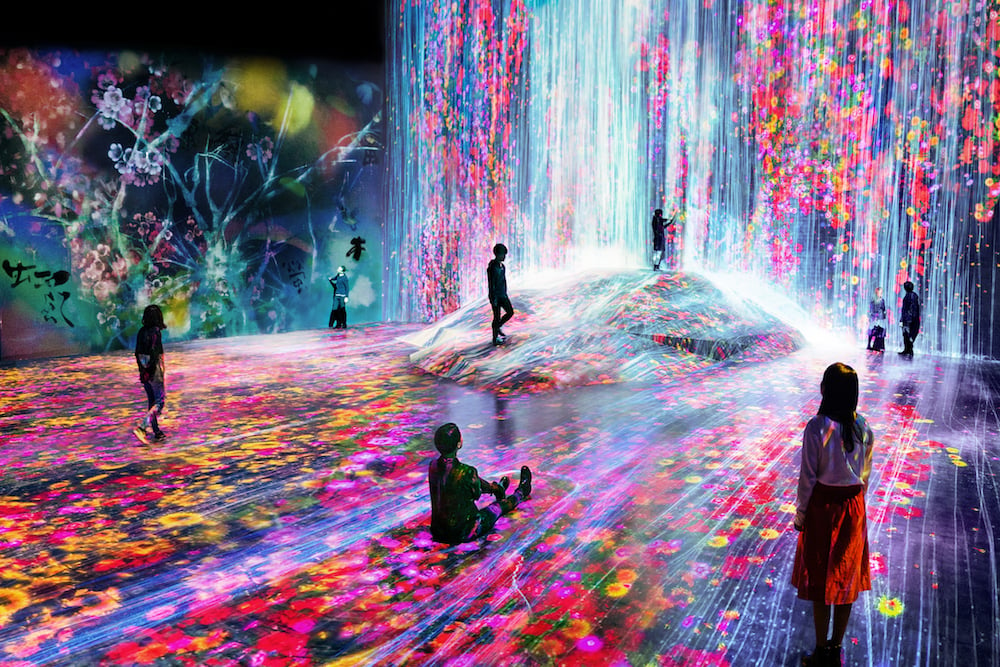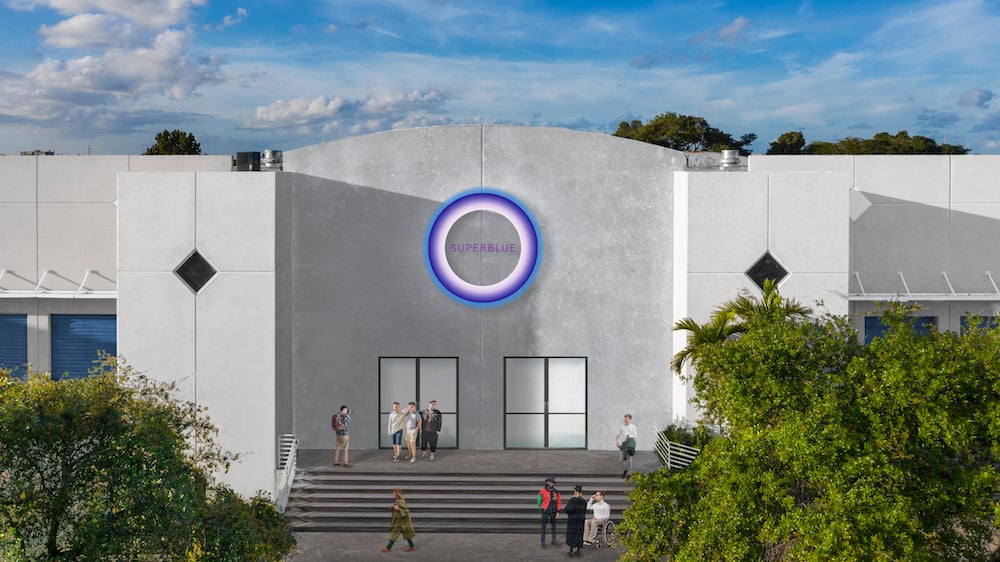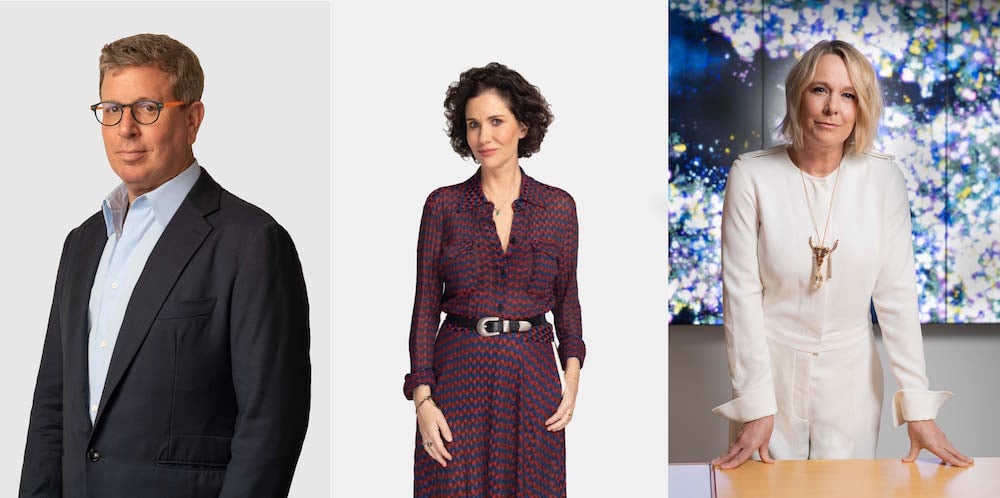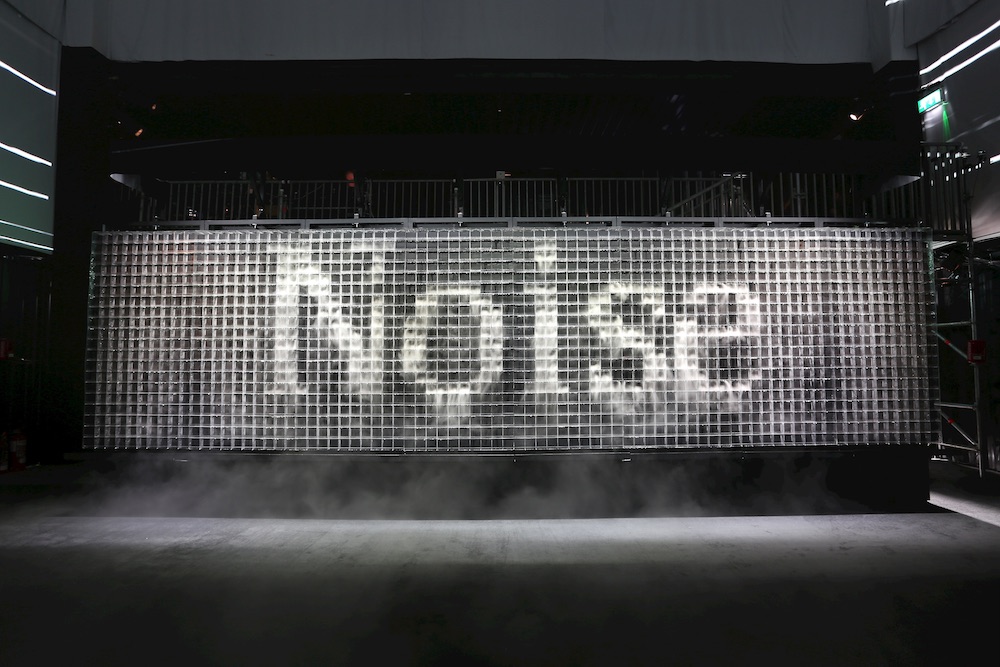Art World
Despite Bans on Public Gatherings, Marc Glimcher’s New ‘Superblue’ Initiative Is Launching a Series of Venues Dedicated to Big, Immersive Art
In addition to commission fees, artists will share part of the profits from ticket sales.

In addition to commission fees, artists will share part of the profits from ticket sales.

Eileen Kinsella

Before the global pandemic radically altered the potential of large public gatherings, the long lines to visit viral sensations like Japanese artist Yayoi Kusama’s “Infinity Rooms,” James Turrell’s “Skyspaces,” and Random International’s Rain Room reflected the public’s hunger for immersive art installations.
Now, executives from Pace Gallery are betting that that appetite will not be diminished even as the world emerges from the COVID-19 health crisis. That’s why they’re launching “Superblue,” a new company dedicated to “producing, presenting, and engaging the public with experiential art,” that will open a series of exhibition venues and work with partners to create new commissions.
The initiative, which was formerly known as PaceX, already has an impressive lineup of artists to kick things off this December. The first space it will introduce is an “experiential” art center in Miami, housed in an industrial building in the Allapattah neighborhood, directly across from the Rubell Museum. Other sites will be announced at later dates.

Experiential art center in Miami, façade rendering courtesy of Superblue. Photo: Moris Moreno
Although Pace president Marc Glimcher is a co-founder and board chair, Superblue leaders emphasized that it is a separate company with its own governance, staff, and investors. Gagosian Gallery veteran and former president of Pace London, Mollie Dent-Brocklehurst, is its co-founder and chief creative officer, while former Robert Rauschenberg Foundation director Christy Maclear is CEO.
In some ways the initiative is a natural outgrowth of Pace’s regular exhibitions. “Pace has long been engaged in working with experiential artists, which is what led to the realization that a new model was needed to support their practices and their goals for engaging audiences,” said Dent-Brocklehurst.
Some of Superblue’s network of artists already work with Pace, including Leo Villarreal, DRIFT, and Kohei Nawa. Others—such as Nick Cave, Es Devlin, Simon Heijdens, Studio INI, Risa Puno, Jacolby Satterwhite, Jakob Kudsk Steensen, and Studio Swine—show with outside galleries or have no gallery representation at all.

L to R: Marc Glimcher, co-founder and board chair; Mollie Dent-Brocklehurst, co-founder and chief creative officer; Christy MacLear, chief executive officer. Image courtesy of Superblue
But in a departure from traditional gallery operations, Superblue will sell tickets and share some of the proceeds with the artist creators it commissioned to make the work. “Artists will always receive an ongoing share of royalties from ticket sales from the presentation of their work at Superblue’s venues,” Dent-Brocklehurst said.
The program now faces added challenges of public-health safety. “Experiential art is centered around the visitor experience, so timed ticketing, controlled capacity, and single-direction flow through the building and installations are critical to maximizing the visitor experience and for audiences to engage with the works in the way artists intend,” Dent-Brocklehurst said. “These elements have been part of our planning from the beginning, pre-pandemic, and they foster a socially-distanced visit.” All presentations will be “no-touch” experiences.

Rafael Lozano-Hemmer, Cloud Display (2019). “Rafael Lozano-Hemmer: Atmospheric Memory,” at the Manchester International Festival, 2019. Photo: Jason Lock.
The venture changed its previous name PaceX at the behest of Laurene Powell Jobs, the billionaire widow of Steve Jobs. The businesswoman joined Glimcher in funding the new venture through her investment vehicle Emerson Collective, but rejected the name PaceX because she felt it didn’t live up to the project’s rule-breaking aspirations, according to the New York Times.
So when Glimcher started thinking more about it, he recalled the Blue Rider Group, an influential movement of painters living in Munich in 1911. An employee then suggested the name Superblue, which Glimcher initially rejected. But he was ultimately swayed by his transcendental meditation teacher Thom Knoles, who told him that one translation of the Sanskrit word “Krishna” is “superblue.”